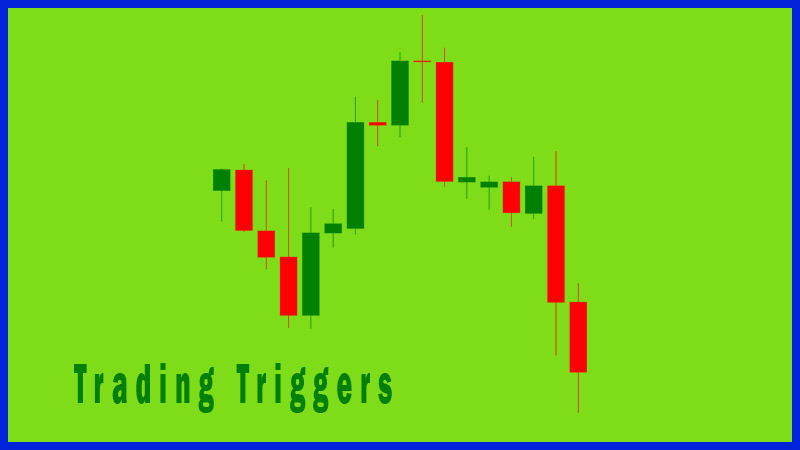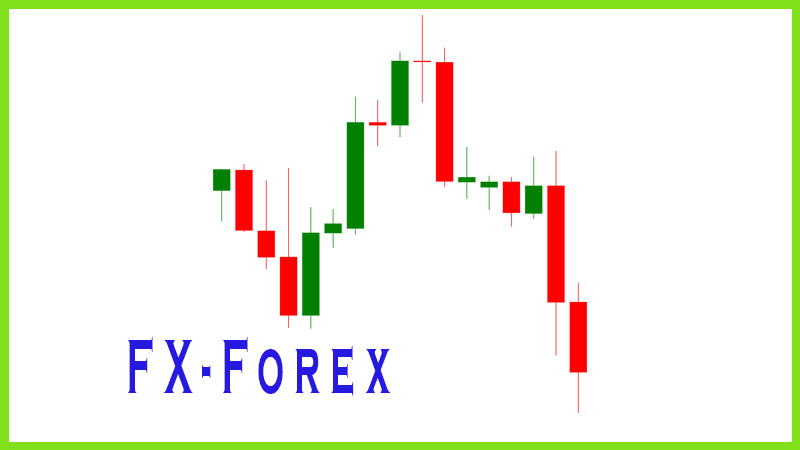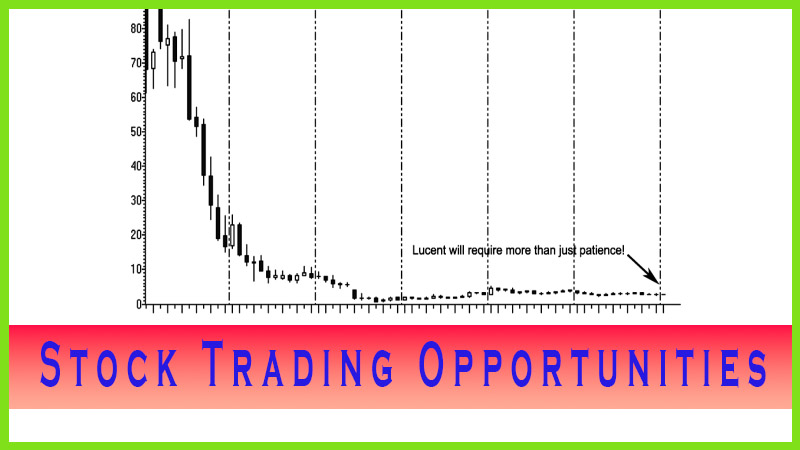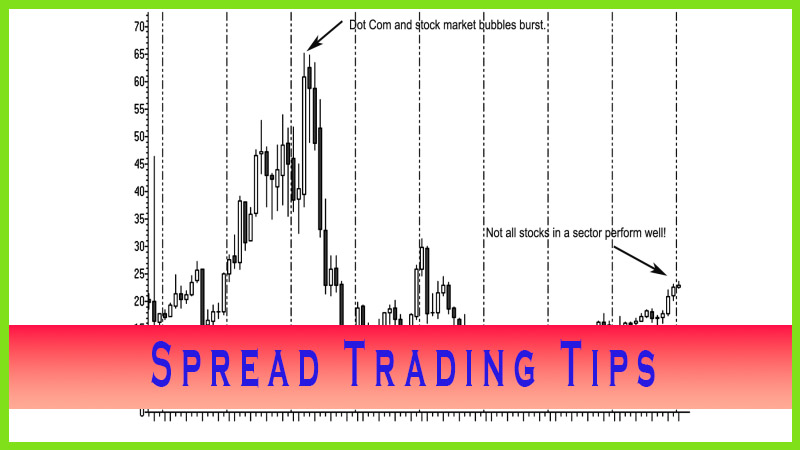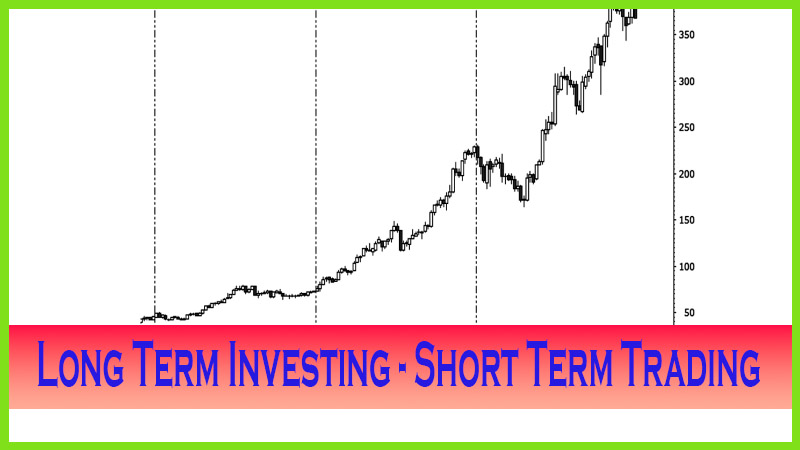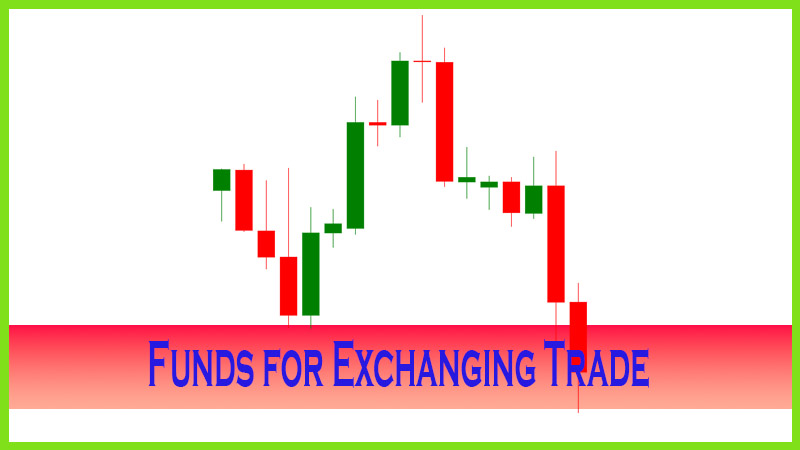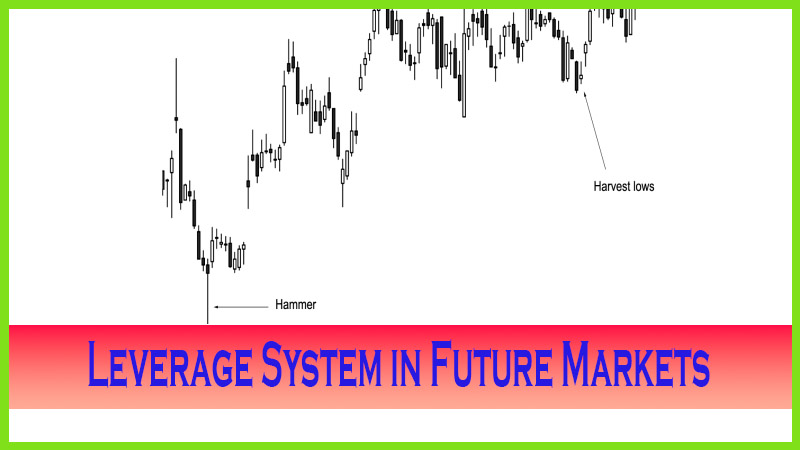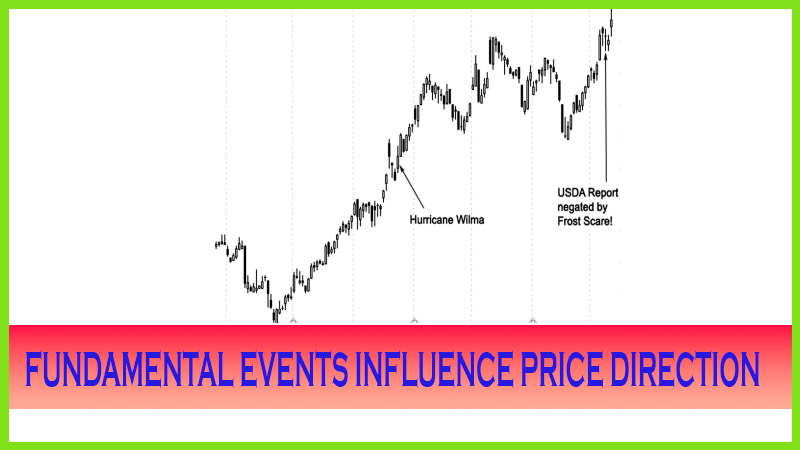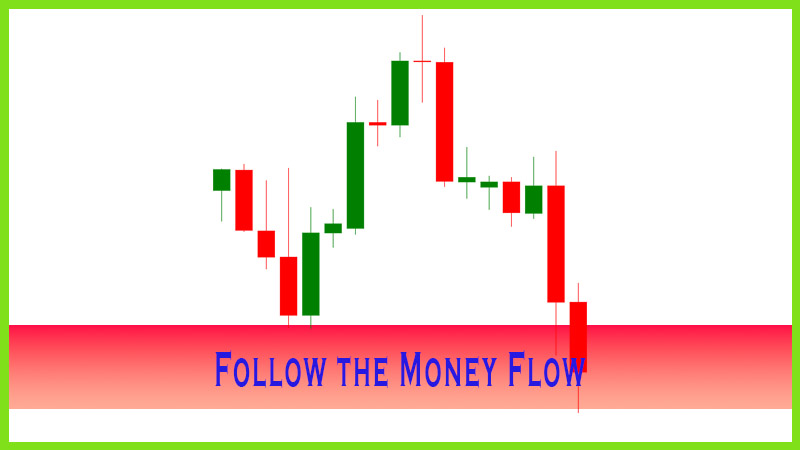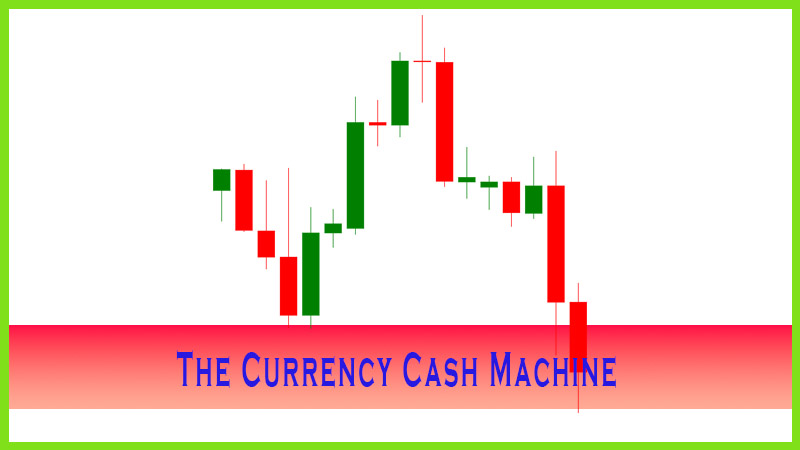All News Affects Markets Equally
Fundamental Events, News Analyst
Course: [ The Candlestick and Pivot Point Trading Triggers : Chapter 1. Trading Vehicles, Stock, ETFs, Futures, and Forex ]
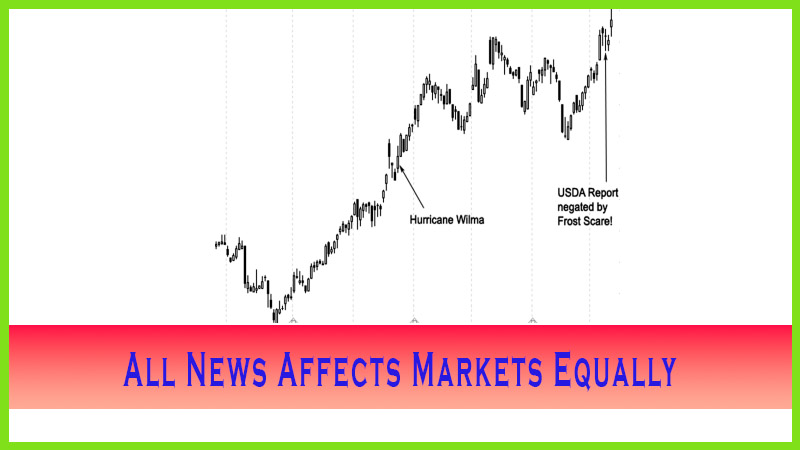
Hurricane-related damage in 2005 played a major role in the reduction of supplies to the sugar market more so than it did in orange juice.
NOT ALL NEWS AFFECTS MARKETS EQUALLY
Hurricane-related
damage in 2005 played a major role in the reduction of supplies to the sugar
market more so than it did in orange juice. Also, the fundamental backdrop of
the sugar market was more significant than the orange juice market because it
has a dual role: Sugar is a food product, and it is used as a biofuel to make
methanol. It set record price gains in 2005, especially as energy prices
surged. Raw sugar prices more than doubled in 2005, climbing and making new
24-year highs. Brazil, the world’s largest producer, uses most of its crop to
make fuel because of the high cost of gasoline. With that information, we would
expect that after Hurricanes Katrina and Rita impacting the Louisiana crops and
then Hurricane Wilma making a direct hit on Florida’s crop, prices would take
off like a rocket! But don’t forget that sugar is produced all over the world
and that there are sugar beets and sugar cane. It is almost impossible to
measure inventories from all growing regions of the world, and the market knew
that after Hurricane Wilma hit. The fundamental event that impacted the orange
juice market had a different effect there than it did on the sugar market.
As you
examine Figure 1.33, notice that prices actually decline after Hurricane Wilma.
It took almost one month for the market to realize that there was a significant
loss in Florida’s crop, and speculative money pored into the market to take
advantage of higher prices. A Trend Traders technical price break signals to
get long this market, and substantial profits were made. It may appear that the
fundamental and technical outlooks were not in sync; and by late January/early
February of 2006, traders started to sense that the market was getting slightly
ahead of itself, or overbought. Traders who were long started to liquidate some
positions in preparation for the USDA’s monthly crop report. If you look
closely at Figure 1.33, the very high of the market was formed by a candle
pattern named a shooting star. (Chapter 7 focuses on how to spot reversals like
this one.) The market did not behave according to what the fundamentals
dictated. Prices rallied in a delayed effect and then continued higher on
speculative buying interest.
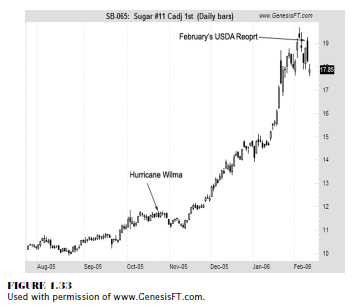
What I want
to illustrate next is how markets do not act according to the following:
· What fundamentals dictate.
· Common sense.
· Rational emotional intelligence.
The high
was made in the sugar market on February 3 at 19.65, one week earlier than the
USDA crop report. Table 1.1 shows the actual government report, the boldface
type indicating that total sugar supplies increased from 11,870 to 12,026! But
best of all, total usage declined from 10,523 to 10,365! Ending stocks show
there are more surplus inventories. Since that report, prices have declined
significantly.
Therefore,
remember: Fundamentals do not always jibe with what the charts show. Think like
a fundamentalist but trade technically.
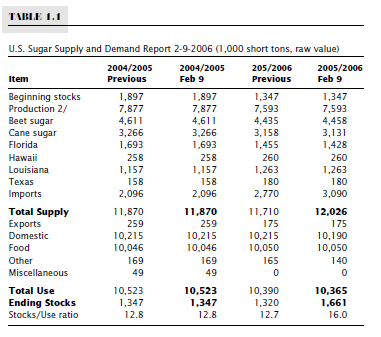
The Candlestick and Pivot Point Trading Triggers : Chapter 1. Trading Vehicles, Stock, ETFs, Futures, and Forex : Tag: Candlestick Trading, Stock Markets, Pivot Point : Fundamental Events, News Analyst - All News Affects Markets Equally

